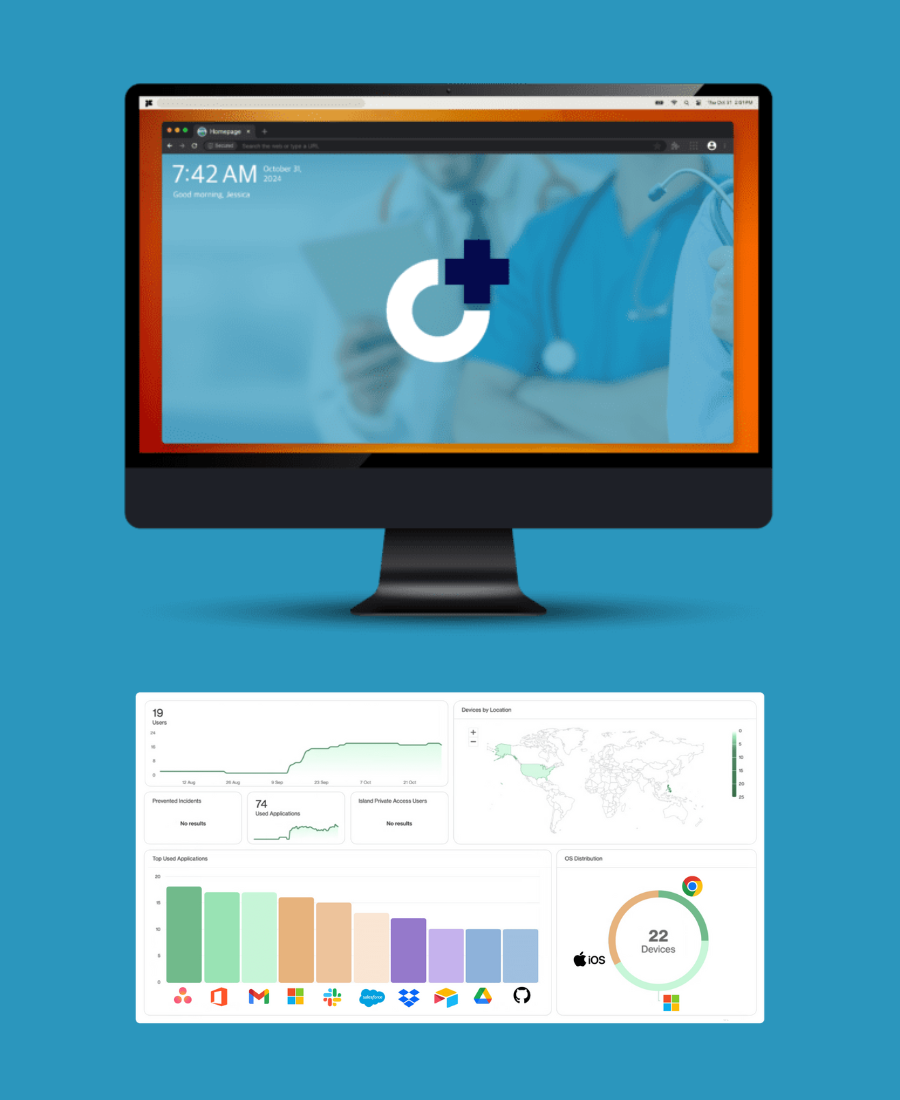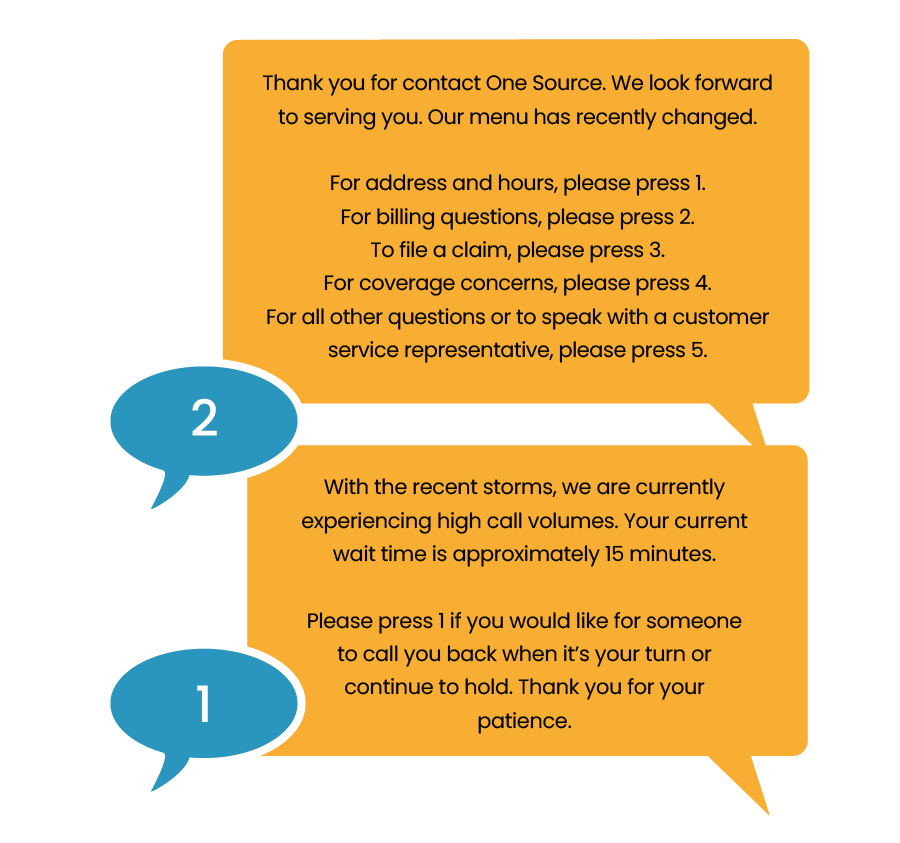
We’ve been around for a long time and have collected some of the best minds from across several industries, and we think it’s high time they got their day in the spotlight. In this series of blogs we’ll be unearthing some of the technology and talent that power our hosted communications platform. Today we’ll review how DID Numbers improve marketing.
If you’re here reading this and have ever encountered even the smallest bit of VirtualPBX content out in the world, then you already know the work of our next Tech Talks guest. Rachel Anderson is our Vice President of Design and Marketing and among her many responsibilities is the curating and oversight of all of our brand guidelines and content. Basically, if it’s ever been printed, published, or prepared by our many different channels and departments, she’s had a hand in making sure it’s as good as it can be.
Despite what may initially appear to be a clear slant away from our traditional tech-heavy conversation, Rachel also has some heady insight into how digital marketers can get more campaign and conversion data by using a clever feature available on any Dash service plan. And because data rules most of the decision-making processes in marketing and operations circles now more than ever, this definitely warrants a walk through the steps on how to do it yourself.
That’s why today we’re taking our Tech Talks over to the Marketing Department to discuss how DID Numbers shed new light on the impact of your marketing budgets like never before. Plus, seeing as how she’s VirtualPBX to the core in that she has worked from all over the world thanks to our flexible remote work policies, we need to have as many conversations with her while we can when she’s in town!
Rachel, thanks for joining us today for Tech Talks and let’s jump right in. For starters, what is the headline about what exactly a DID number is?
A DID number stands for Direct Inward Dialing and it means that people who dial a specific number designated as a DID will be directed to whatever internal department or extension that an admin wants. See what I did there? Anyway, this means that even though a company may have a Virtual Receptionist or any other prescribed inbound call process, dialing a DID number will bypass that and send the caller to whatever specific destination you like.
Okay, clever. All of this makes sense, but how is that helpful from a marketing perspective?
It all started with looking at the ROI from our various advertising channels. We’re able to capture a ton of behavioral information through the analytics thereof, but there were still some aspects of what constituted a non-sales conversion that we didn’t have visibility on. When we have ads that guide prospects to fill out forms to learn more about a product or service, we could learn all about the impressions the ad gained, its click-through rate, and info about how frequently the form was completed and by whom. However, when that ad led to a phone call, we couldn’t determine the quality of the conversation or quantify outcomes. This meant that establishing the ROI of a particular venture was partially incomplete. That’s where DID Numbers improve marketing…
Well how do the DID Numbers improve marketing? It’s not like you ended up fielding all the calls yourself or anything, right?
No, our Sales Department is an expert group of people that doesn’t need my help with that! Plus, we wanted to get quantitative data over qualitative so I needed something that was scalable. We assigned three key areas for our digital marketing DID numbers as part of our advertising or contact/profile information. For this exercise, we chose Google Ads, Bing, and Consumer Affairs. Then, by tracking the ads we saw conversions and cross referenced those with call traffic. This added insight to the nature and quality of the phone conversation.
Wow, there’s kind of a lot to unpack there. This all sounds good enough but it also sounds like a lot of work. What all is involved in getting from placing an ad to gaining those types of insights on the calls themselves?
First we had to acquire numbers to our Dash account. And as a shameless plug for our massive bank of local, toll-free, and international business telephone numbers to choose from, let me tell you, that part was easy!
 Groan. Okay, noted, please continue.
Groan. Okay, noted, please continue.
Anyway, after we got the numbers we did the following for each one; assign them directly to sales because we knew the callers wouldn’t be existing customers with a support or billing query, give them each a prepend message specific to their source (ie, Inbound Call from Bing, Mobile for Business) to notify the sales team in advance of answering, and then just sit back and let the data populate. After we had a statistically significant amount of information, we put our data scientist lab coats on and started work.
Wait a second, data scientists? I hope the process of learning from the data wasn’t too involved.
Not at all! Our Dash Call Log is great for capturing and filtering out vital information. The data is available for spreadsheet export in Dash, too. Once we had the expanded call history, we could look for indicators that highlighted exactly what we were looking for. For example, we could look at call length and determine quality through how long they stayed on the line. Next we cross-reference the contact information through our Salesforce information to see that all pertinent info had been documented. We could even spot anomalies that help us to refine our ad strategy.
What kind of call information did you consider an anomaly and how did it help you create better ads?
One of the most impactful improvements we made was with dropped calls or calls lasting less than 3 seconds. With our industry-leading 99.999% operational uptime, it would’ve been impossible to have drop rates that matched this amount of calls. We immediately recognized that these calls came in after 5PM Pacific. This is when our Sales queue goes to voicemail. And because we had this DID number bypass our general inbound call process that meant they also bypassed the Customer Support team who is here and available 24 hours a day, 365 days a year. What we did to improve the ad is leverage the dynamic advertising options that some platforms have. Now we automatically pause the ad in the evening and resume it when the Sales folks are online. This saved money, made sure callers had someone to talk to, and resulted in more sales and fewer missed opportunities.
That’s awesome, but what about all of that filtering and cross-referencing with Salesforce? That sounded like a lot of busy work to me.
It definitely would have been too labor intensive to conduct this exercise at scale. But we have a handy workaround for that, too. By leveraging Webhooks by Zapier we can automate the process of exporting call log data from Dash into another system. In this case that was Slack. Webhooks let users integrate their Dash telephone system with any one of hundreds of different business tools. So, it’s really a matter of defining your needs and then connecting the software to address them.
Well, this is a lot of great info about how to leverage DID Numbers to improve marketing, thanks for taking the time to join us on Tech Talks, Rachel! One last thing before we go, though, because you’re so hard to nail down to one zip code for very long, I have to know, where is the next exotic place you’ll be working from?
Ha, well it’s more appropriate to ask which exotic places I’ll be working from. That’s because in May I’ll be leaving for an extended working vacation through 5 countries in the Mediterranean. We’ve been planning this trip at home for a while and I’m excited to finally have it on the horizon. Of course, I’ll be in touch the whole while. That’s thanks to my, ahem, stellar business communications tools and integrations, namely my Dash Service Plan.
No matter where Rachel happens to be calling home she’ll take the insights from how DID Numbers improve marketing she described above and apply them to continually improve the impact of the VirtualPBX Marketing Department. Would your business benefit from greater insight into how your investments are panning out? Is having specific, actionable data that measures your marketing ROI important to your business? If the answer to either of those questions is yes, stay tuned to the VirtualPBX Blog through our newsletter. Also, if there are topics you want discussed about your business telephone service in future Tech Talks, hit us up on Twitter or Facebook and we’ll be sure to include it in our series. Until then, thanks for listening to another Tech Talks and we’ll be back with more, soon!






